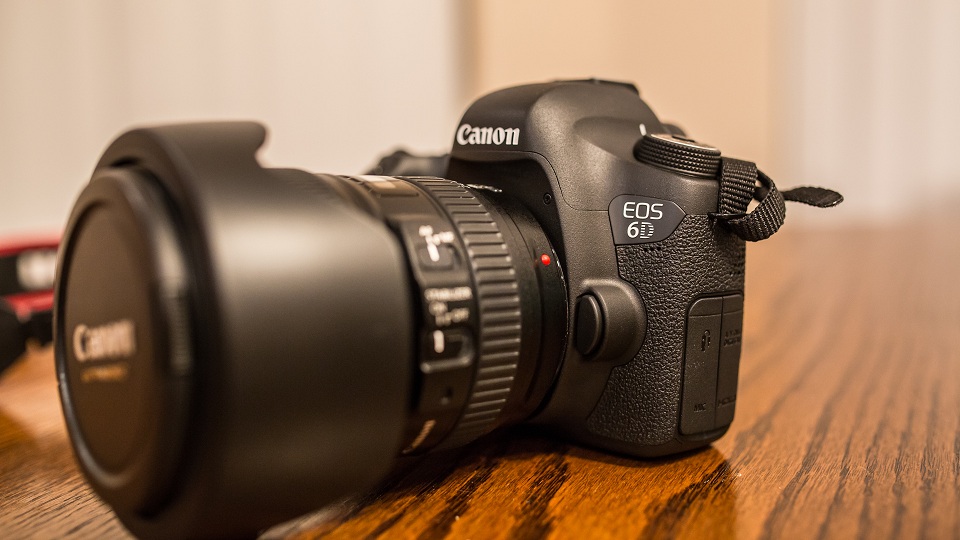Canon 6D Review
It may have been a little behind the Nikon D600 but it is here and here to stay. With Canon discontinuing the 5D mark II, it is clear that the Canon 6D is here to fill the cheaper full frame void that the 5D mark II is leaving behind. However, can this new smaller, cheaper body fill this void successfully or will it merely leave you wanting more. When Canon first announced this camera, the spec sheet was mostly a disappointment. Many specs fell way behind the rumors and even fell behind the Nikon D600 in some areas. However, the spec sheets are now a thing of the past and the real camera body is here to use so enough with the specs, let's find out some real life results. All tests were performed using the new Canon 35mm f/2 IS which was also recently reviewed.
For a comparison of the 6D & 5D Mark III
Check Current Pricing
Canon 6D Body - Amazon.com | Adorama.com
Canon 6D Kit - Amazon.com | Adorama.com
Deals: - Custom Bundle w/ extra battery & SD card & more: $2099
Build/Handling/Features
{youtube}
0Ke4s4wlb20
{/youtube}
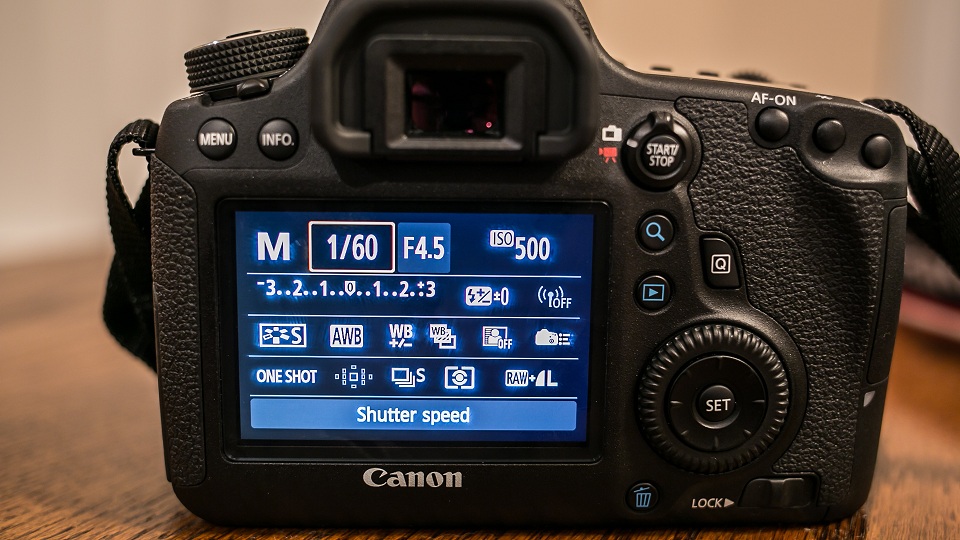
Canon has definitely developed a theme with controls for its bodies, however, some items have always been subject to change. For the Canon 6D, much of the inspiration appears to have come from the smaller, cheaper Canon 60D. The 1/4000 shutter speed limitation, the 1/160th sync speed, and the 97% viewfinder coverage are examples of the 6D failing in the spec sheet compared to other pro cameras. The layout is similar to the 60D with a D-Pad combined with the scroll wheel to replace the thumb joystick in the 7D, 5D, and 1D bodies. However, some things are still missing even from the 60D. The no longer present articulating screen will be missed in this style of camera. I loved being able to shoot from low or high angles with flip out screen and there is really nothing better than this style screen when shooting video. However, the 6D also did not get the new larger 3.2” screen of the 5D mark III and was instead given a smaller 3” model.The other most upsetting missing option is the lack of a white balance button or programmable alternative. The 60D was also missing this button, however, the ‘SET’ button could easily be programmed to fill this void yet this option was unfortunately removed from the Canon 6D.
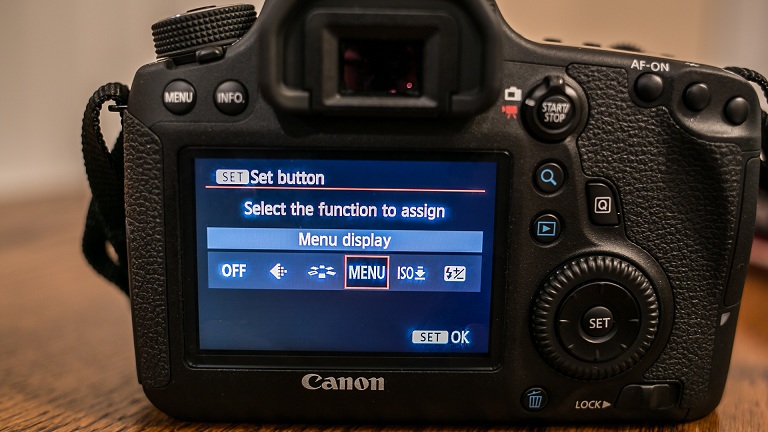
Changing the white balance required entering the Q menu and navigating to this setting. Build quality however has been improved. Much of this camera has a metal chassis and the overall fit and finish feel great. Not quite to the quality of the 7D and 5D3, but very close. Also unfortunate is how little is upgraded from the 60D in a camera more than double the price. The camera operation gains a bit more features for AF in the menu, more like the 7D, and also adds micro focus adjustments and magnification options. I was glad to see up to 7 shots of auto bracketing which HDR lovers will appreciate. These are definitely helpful but are merely settings upgrades. There is still only 1 card slot, no programmable function button, an almost unusable programmable DOF button, and no additional video controls such as live volume adjustments and headphone out. On the SD card slot, i’m not going to let Canon get away with this. This should have been included in this model for several reasons. The first is that files on these cameras are getting large. Video files over a couple of minutes are 4GB files with each RAW photo ranging from 20-35MB. These large files can easily fill up cards in a single shoot and having overflow or better organization (pictures to 1 card and video to another) are invaluable. Also, some events such as weddings, some vacations, birth of a child...things of that nature warrant backup and I cannot describe how much better it is to have backup copies on separate cards for such events. Nikon offers this in every camera from the D7000 up and it is about time that Canon makes this a standard feature in a $2,000 camera.
AF
 This was the biggest point of failure on the spec sheet from what the rumors had suggested. Almost everyone assumed a 7D style AF system with at least 19 cross type focus points and at least 1 dual cross type point. Instead, what we received are 11 AF points with only 1 cross type point and all positioned towards the center of the frame. I was very disappointed when looking through the viewfinder at how grouped to the center these points were. A slight bit of hope came when Canon announced a lower light sensitivity for these points. This was the first feature I had to test and so I put up my 5D mark III, set up a scene, set my lights on dimmers, and tested the AF until the light had disappeared. At f/2, ISO 200, and a 13 second shutter, my 5D mark III still had no issues focusing with any of the 41 cross type focus points and 5 dual cross type points. I then set up the 6D on the same scene with the same lens and same settings and was able to still achieve focus with the center point. However, moving the point to anywhere other than the center left me with the focus searching until finally giving up. This repeated itself at all focus points until I tried the center again with success. This left me disappointed once again. Let me then state that this system is better than that of the 60D, t4i, and 5D mark II...however, just barely. It is mind blowingly far away from the 5D3 and still below the years old Canon 7D, especially for any quick moving objects and whenever you need AF points away from the center. Another aspect of AF is how quickly you can switch between them. Using the D-Pad was significantly slower than the thumb joystick of the 7D and 5D cameras. However, if you were satisfied with switching with a 60D or T4i, you will likely not be disappointed. The menu system does gain some extra focus settings, more like the 7D than any other camera. You do not get the preset ‘cases’ of the 5D mark III and the descriptions are far from obvious of what the controls do, however, it does offer more flexibility than anything other than the 5D3 & 1DX.
This was the biggest point of failure on the spec sheet from what the rumors had suggested. Almost everyone assumed a 7D style AF system with at least 19 cross type focus points and at least 1 dual cross type point. Instead, what we received are 11 AF points with only 1 cross type point and all positioned towards the center of the frame. I was very disappointed when looking through the viewfinder at how grouped to the center these points were. A slight bit of hope came when Canon announced a lower light sensitivity for these points. This was the first feature I had to test and so I put up my 5D mark III, set up a scene, set my lights on dimmers, and tested the AF until the light had disappeared. At f/2, ISO 200, and a 13 second shutter, my 5D mark III still had no issues focusing with any of the 41 cross type focus points and 5 dual cross type points. I then set up the 6D on the same scene with the same lens and same settings and was able to still achieve focus with the center point. However, moving the point to anywhere other than the center left me with the focus searching until finally giving up. This repeated itself at all focus points until I tried the center again with success. This left me disappointed once again. Let me then state that this system is better than that of the 60D, t4i, and 5D mark II...however, just barely. It is mind blowingly far away from the 5D3 and still below the years old Canon 7D, especially for any quick moving objects and whenever you need AF points away from the center. Another aspect of AF is how quickly you can switch between them. Using the D-Pad was significantly slower than the thumb joystick of the 7D and 5D cameras. However, if you were satisfied with switching with a 60D or T4i, you will likely not be disappointed. The menu system does gain some extra focus settings, more like the 7D than any other camera. You do not get the preset ‘cases’ of the 5D mark III and the descriptions are far from obvious of what the controls do, however, it does offer more flexibility than anything other than the 5D3 & 1DX.
Scene for low light test: 13sec shutter, ISO 200, f/2 with the Canon 35mm f/2 IS lens

Menus
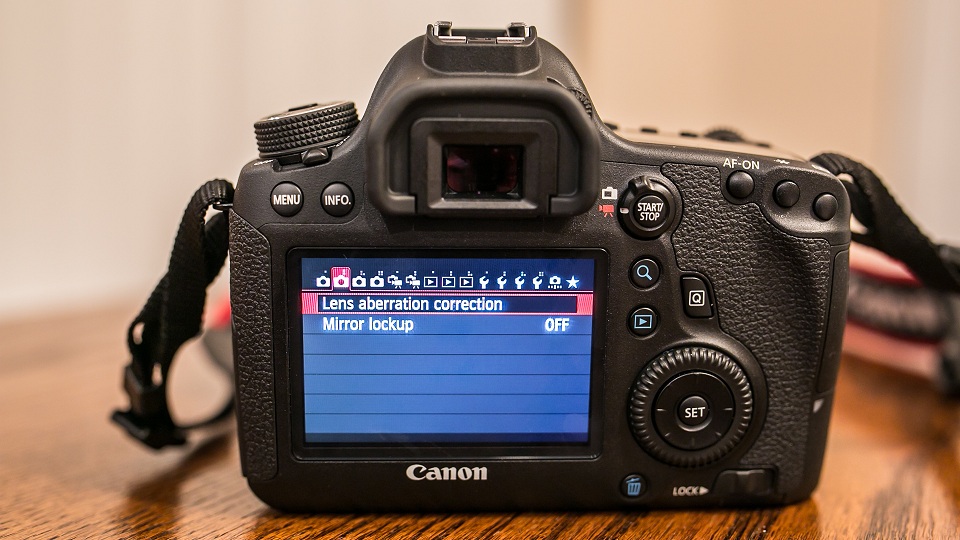 The menu layout for the 6D is an interesting one. For the 5D mark III’s complicated menu option, canon adopted multiple tabs for each setting and organized it in a clean way to make it less confusing. The 6D unfortunately splits the menu tabs into single tabs and had so many tabs it looked daunting from the 1st look. Also, some of the tabs contained as few as 2 options leading me to wonder why Canon did not try to combine some of these. Everything else about the menu worked well. However, there were no options to program white balance into any of the custom controls and given the lack of a physical button, this was a huge minus. We had this ability in the 60D so i’m not sure why Canon left this out. Also, we could not use custom file naming which can be a needed feature if you have multiple of the same camera bodies.
The menu layout for the 6D is an interesting one. For the 5D mark III’s complicated menu option, canon adopted multiple tabs for each setting and organized it in a clean way to make it less confusing. The 6D unfortunately splits the menu tabs into single tabs and had so many tabs it looked daunting from the 1st look. Also, some of the tabs contained as few as 2 options leading me to wonder why Canon did not try to combine some of these. Everything else about the menu worked well. However, there were no options to program white balance into any of the custom controls and given the lack of a physical button, this was a huge minus. We had this ability in the 60D so i’m not sure why Canon left this out. Also, we could not use custom file naming which can be a needed feature if you have multiple of the same camera bodies.
Picture Quality
This is a very important part of any camera and thankfully, the 6D does not disappoint. Quality was similar or better than the excellent 5D mark iii in virtually every test, not enough to be significant, but enough to be noticeable at 100% viewing. During the low light tests, results were similar to the 5D mark III up to ISO 3200 and were very usable. At 6400 ISO, the results began to get a slight bit better than the 5D mark III and produced results about ⅓ of a stop better. This lead continued up to the max ISO however results after 12,800 ISO are probably going to be unusable. This is also significantly better than the Nikon D600 which began to fall apart in my use at anything above 6,400 ISO.
1600 ISO

1600 ISO 100% Crop
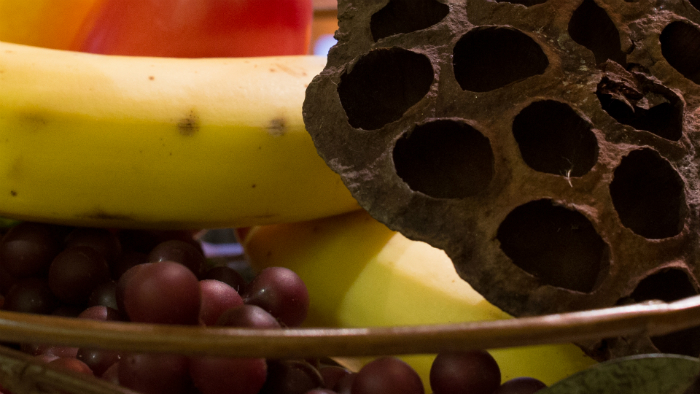
3200 ISO 100% Crop
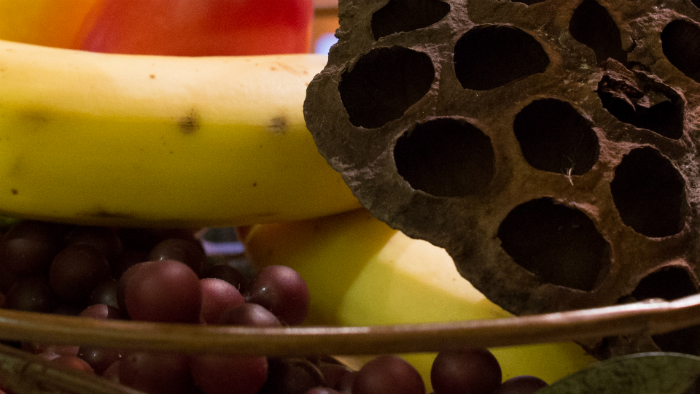
6400 ISO 100% Crop
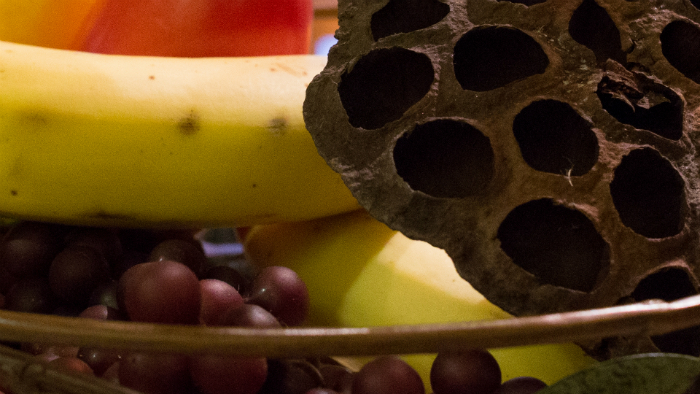
12,800 ISO 100% Crop

25,600 ISO 100% Crop
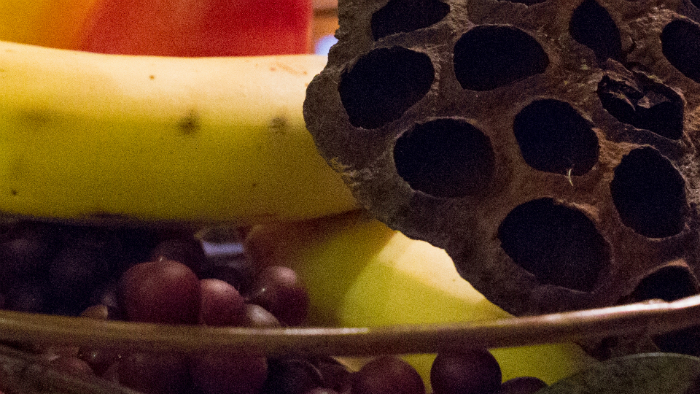
In our dynamic range testing, results also slightly edged the 5D mark III. Unfortunately, this is not an area the Canon cameras have excelled in. Previously, I always have gone to a Nikon camera under these settings as shadow noise is virtually non existent in D600 and D800, even when pushing the shadows to 100% in lightroom. The Canon cameras have tended to fall apart at these extremes though and produce horrible noise and banding in the shadows which is easily visible on the 5D mark III as well as on the slightly better 6D.
Shot straight out of camera - Canon 6D ISO 200 35mm f/2 IS Lens

Shot straight out of camera - Shadows boosted 100% & Highlights Lowered 100% in Lightroom

100% Crop of Previous Image - Banding and Grain obvious even though this was shot at 200 ISO
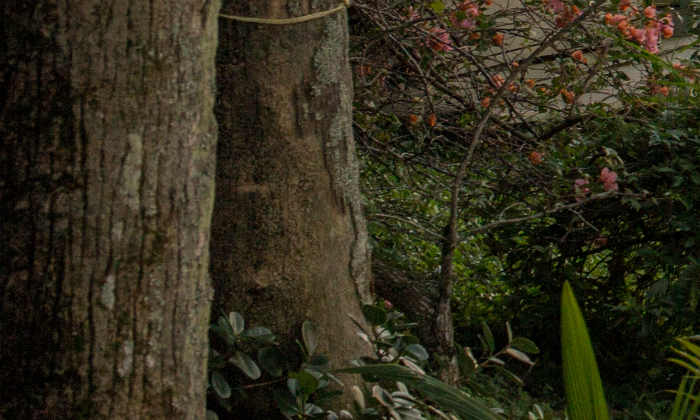
Video - Video Test on Youtube with the Canon 6D vs the 5D Mark III
Video is a bit of a mixed bag as well. Let’s start with the positive though. The files were SHARP!!! This has been a big issue for me with DSLRs vs some of the (albeit more expensive) pro video cameras. The video always looked soft compared to other cameras and the 5D mark III was no exception. The Canon 6D however was noticeably better though and managed better results than any other DSLR I have used. Now for the negatives, there was a great increase in the amount of moire on the 6D vs other cameras like the 5D mark III. It is almost as if Canon had a filter on the 5D and removed it for the Canon 6D resulting in greater sharpness but also in moire. In my video tests, it was not visable in most shots but certain scenes bring it out more clearly. It also really does not seem like Canon designed this camera to be a great video DSLR. Gone is the articulating screen from 60D and t4i and lacking are the headphone out port and manual audio control while recording from the 5D Mark III. It is also a bit more cumbersome to make changes while in live view to things such as white balance.
WIFI & GPS
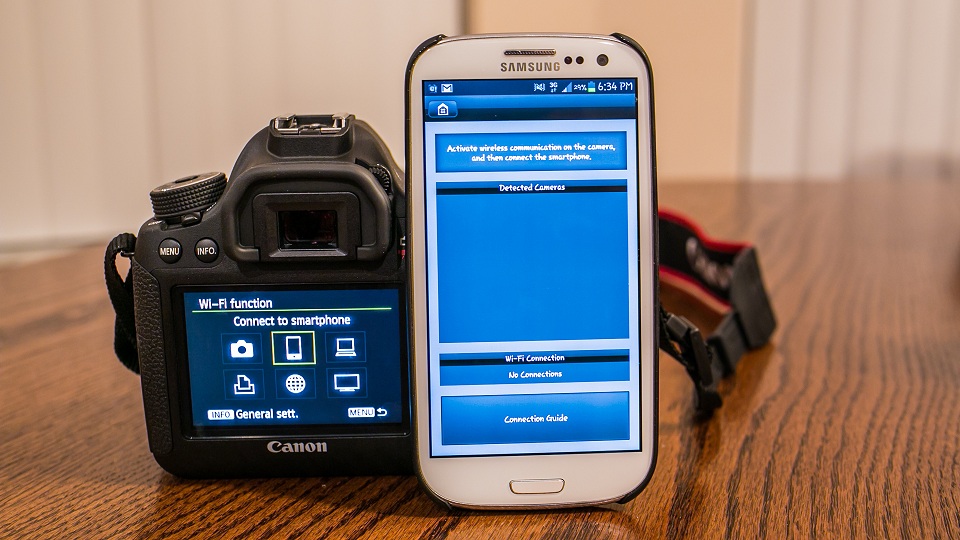 This is the first Full Frame DSLR to contain both wifi & GPS built in to the Camera. GPS was a mixed bag for me. I don't really see a ton of need for it in the first place and it was spotty getting it to work indoors sometimes. It also consumed more battery and overall I found it not needed. Also, you never know when you may need the GPS info stripped from the final image and forgetting to do so could be an issue. WIFI on the other hand has plenty of uses. I was able to connect to the camera via my phone and use the phone as a personal monitor for the camera. This could be great for video users who can monitor and record from affar. There are plenty of uses for photographers as well. There are some complicated options in the setup and the app will not be known for its good looks, but it did work and work well. Of course you can always purchase a module for any other DSLR to add wifi & gps but it is always nice to have it built in. I can't wait to see if app developers can come up with better apps to add more functionality to what Canon has offered. Overall, WIFI has been a big plus to the point that I am looking to now add it to my other cameras.
This is the first Full Frame DSLR to contain both wifi & GPS built in to the Camera. GPS was a mixed bag for me. I don't really see a ton of need for it in the first place and it was spotty getting it to work indoors sometimes. It also consumed more battery and overall I found it not needed. Also, you never know when you may need the GPS info stripped from the final image and forgetting to do so could be an issue. WIFI on the other hand has plenty of uses. I was able to connect to the camera via my phone and use the phone as a personal monitor for the camera. This could be great for video users who can monitor and record from affar. There are plenty of uses for photographers as well. There are some complicated options in the setup and the app will not be known for its good looks, but it did work and work well. Of course you can always purchase a module for any other DSLR to add wifi & gps but it is always nice to have it built in. I can't wait to see if app developers can come up with better apps to add more functionality to what Canon has offered. Overall, WIFI has been a big plus to the point that I am looking to now add it to my other cameras.
Conclusion
This camera was a tough one for me to decide on. Every camera has its ups and downs but I truly felt that this camera was less about some rumored tech that we all wanted like 4D video, 1080p @60fps, an extra 2 stops of DR, or something along those lines. Instead it was as if Canon was intentionally disabling features and including others to make this camera not step on the toes of any other camera available. As a result, it almost felt like this concoction of features from a variety of other cameras rather than a camera built with a specific user and a specific purpose. There were too many missing video features for this to be a video guys camera, too many missing controls for this to be a professional body, too high a price for this to be an average Joes consumer or vacation camera. However, other than the price, this seems like the perfect camera for someone who loves the t4i or 60D but wants the image quality of the 5D mark III. If you are or were ever interested in the 5D or 1D cameras, you may be a little disappointed using this camera, though not at all disappointed at the quality it produces. And that is why this review is so difficult. This camera oozes great image and even video quality, but getting it to produce this quality is more of a struggle than with the 5D mark III. Having a center focus point as the only decent point, lacking a white balance button and quick access to some controls, difficult to access video settings, not having backup card slots, no custom file naming abilities...and things of that nature just made me pick this camera up much less than any other camera I own. The small size and weight reduction didn’t quite make it worth it for me to put down my 5D, unlike some mirrorless cameras by Fuji for example. Thus, I maintain that if you are wanting or considering a 5D mark III, this is NOT a mini 5D mark III in many ways. However, if you want a T4i or 60D but are disappointed with the image quality they produce and you are lusting over the Full Frame advantages, you will love this Canon 6D.
The Canon 6D is currently available on Amazon.com and Adorama.com
